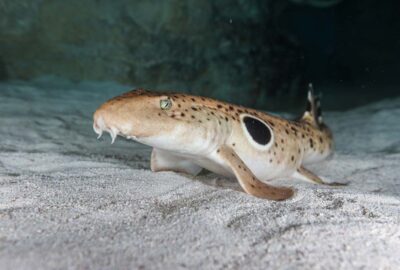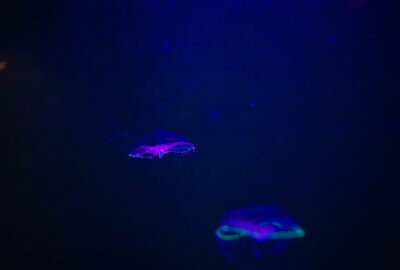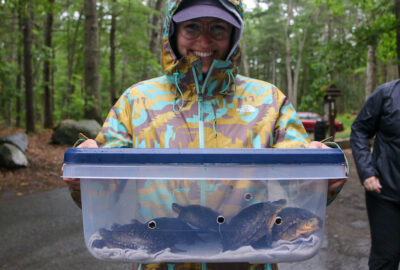Please note: We strongly recommend purchasing tickets online in advance to guarantee entry, as we do sell out on weekends.
What’s in an Egg?
Collecting and Cataloging Fish Eggs for Public Aquariums
By New England Aquarium on Friday, April 07, 2023

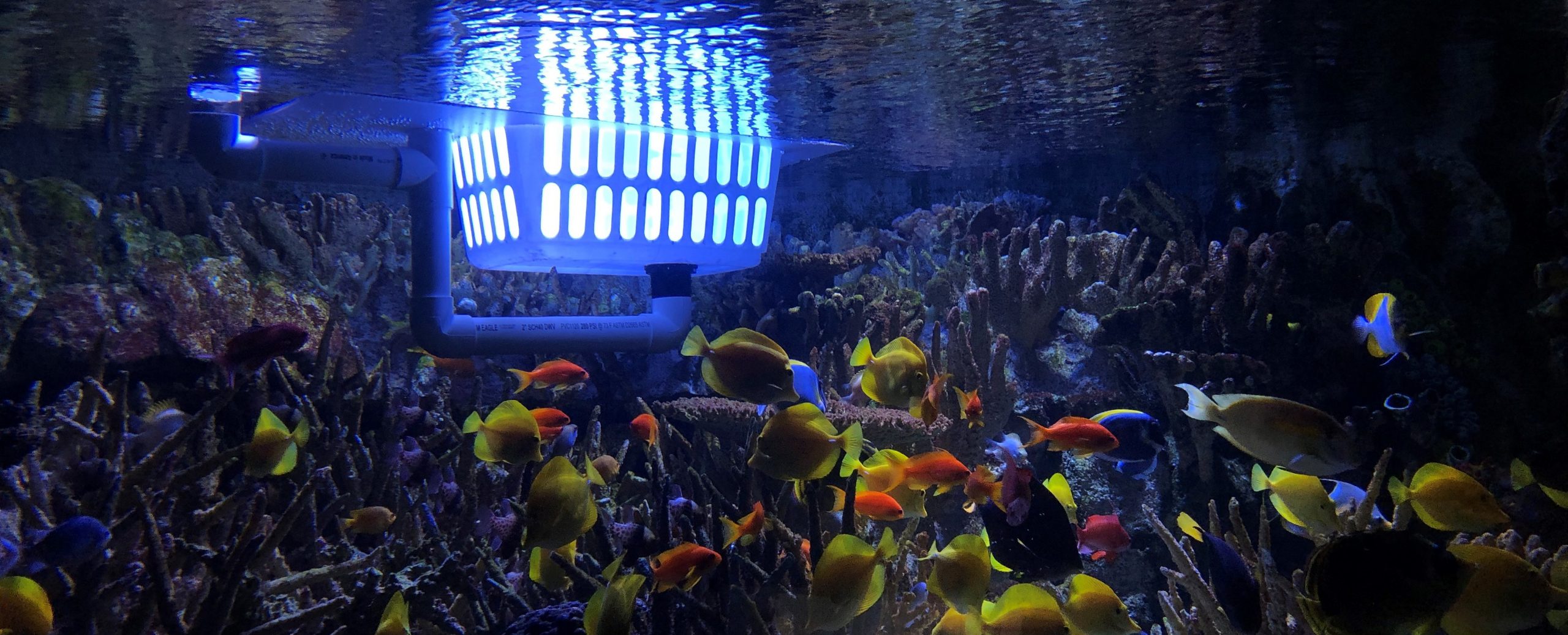
Over ten years ago, aquarists at the New England Aquarium and Roger Williams University hatched a new idea: Creating a catalog to help aquariums identify the eggs of different fish species. The hope was to allow more public aquariums to learn about the early life stages of fish in their collections and potentially raise these fish from eggs to adults in-house.
Today, the online egg catalog—which started in October 2022—features 118 fish eggs from 12 different families and 33 species. The work is done in collaboration with seven other aquariums and institutions across the US, with support from the Association of Zoos and Aquariums.
Before the eggs make it to the catalog, they have to be collected first. That means gently removing eggs from exhibits and behind-the-scenes enclosures, a task that’s anything but one-size-fits-all. To accomplish this, aquarists have experimented with different styles of egg collectors and created custom collectors that are tailor-made for their exhibits.
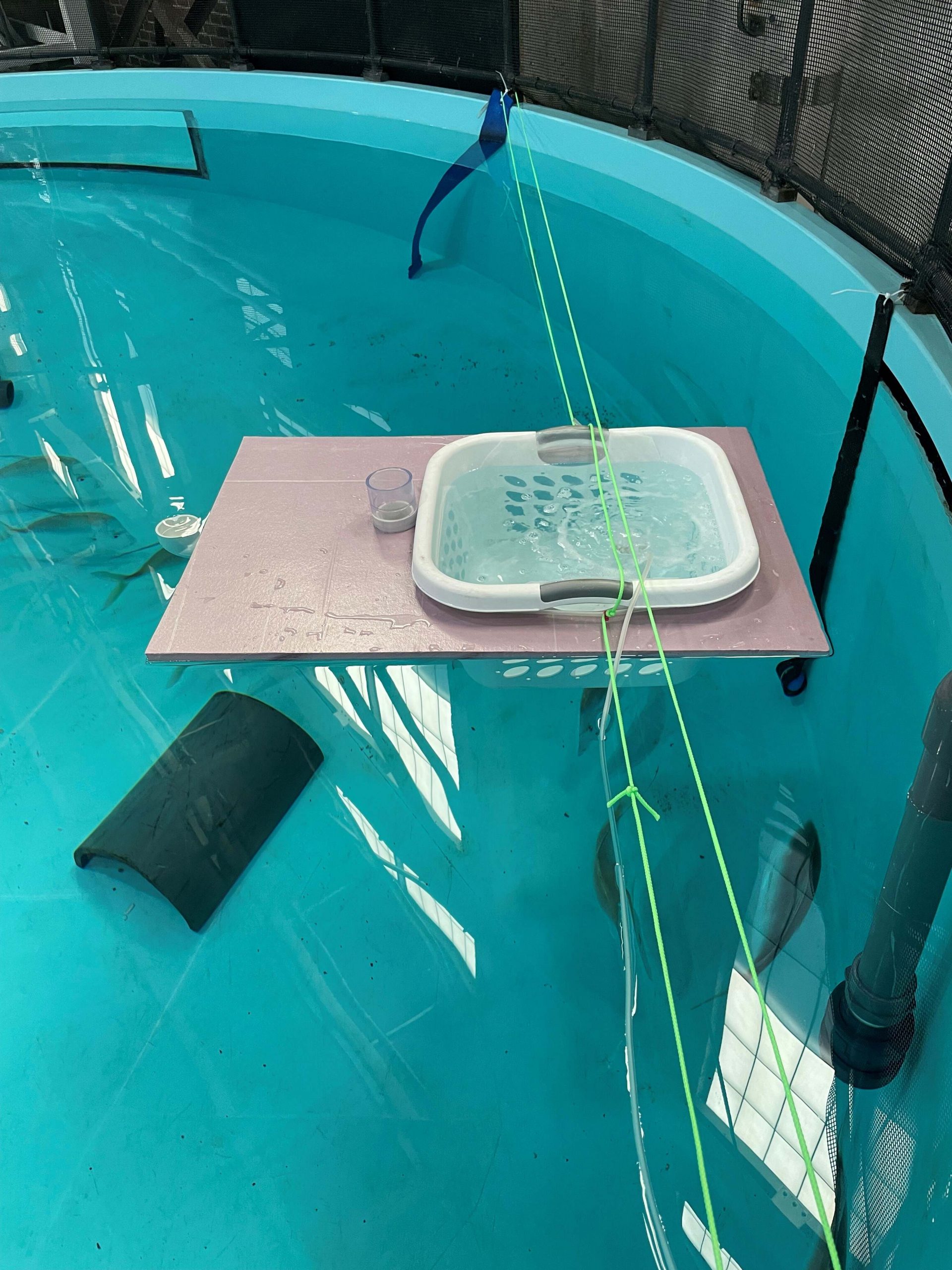
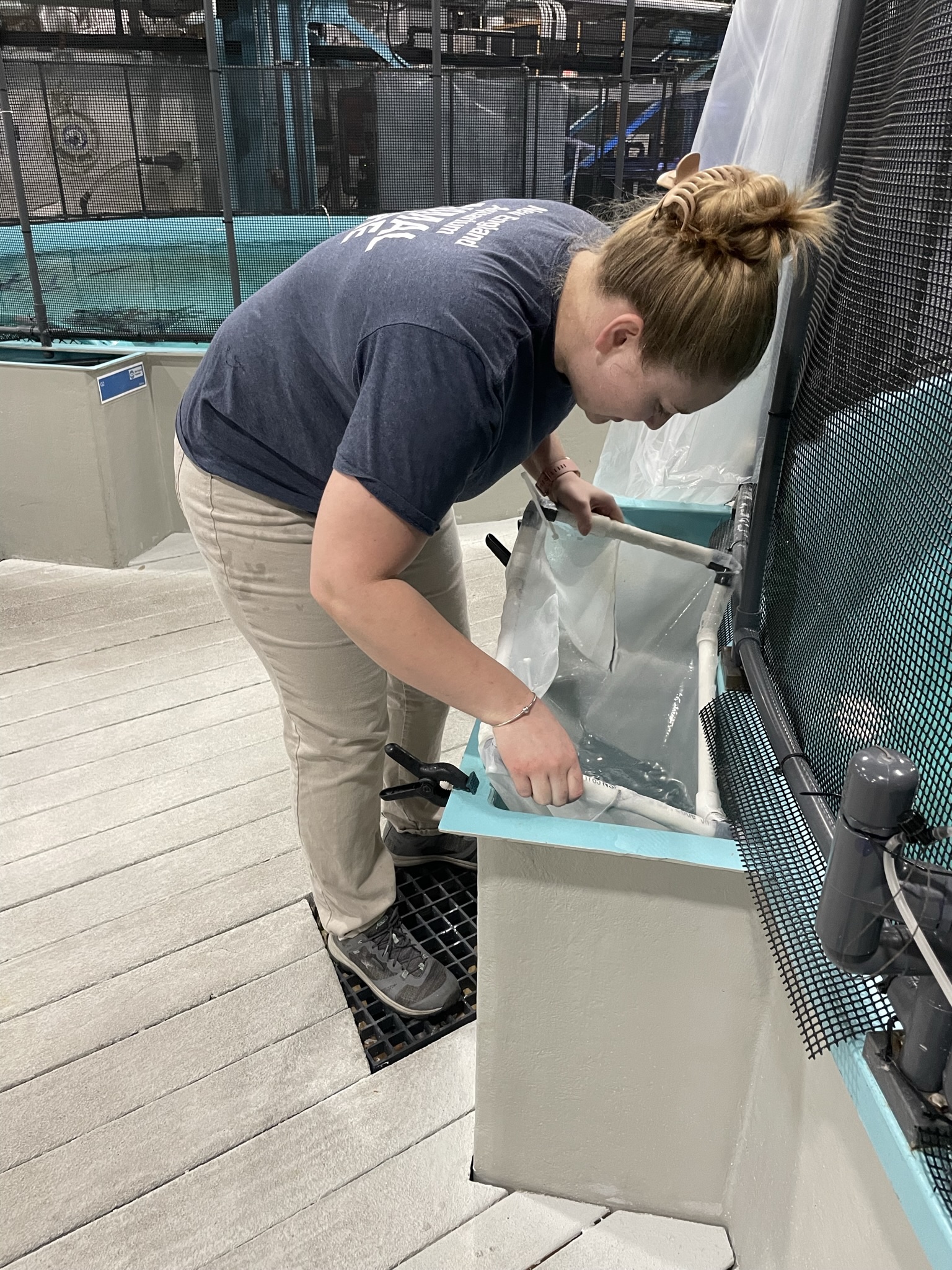
For instance, to collect eggs from fish in our Quincy Animal Care Facility, Husbandry and Sustainability Manager Monika Schmück and team fashioned an egg collector out of a laundry basket. “For fish species that are pelagic spawners, meaning their eggs are distributed into the water column and float in the current, you need a collector that is gentle but effective at pulling eggs in as they drift past,” Monika said. “We use air to draw water into the basket through a pipe, which also draws in the eggs. A laundry basket is perfect due to its rounded shape and plastic webbed sides. We cover the holes with mesh screen, which allows water to flow back out of the collector but contains the eggs. In the morning, we reel in the baskets to collect the eggs contained inside.”
“Most of the time, our egg collectors start from the same general concept but get personalized to the exhibit they’ll be used in,” said Laura Anderson, one of the aquarists working to collect and catalog eggs from our exhibits at the Aquarium. “For the most part, we can rely on having some kind of air pump to structure the collector around. From there, it’s a matter of finding a vessel of the correct shape and size, and that’s where you can get creative. I’ve built egg collectors out of old buckets, repurposed trash cans, and, more commonly, laundry baskets, since they already have a lot of the features we need.”
Right now, Laura and the team are working on collecting eggs from the Indo-Pacific Reef exhibit, where dozens of different fish live. As the eggs are collected, the team works to photo-document each sample using a microscope. Then, the eggs will be carefully preserved and sent to the DNA Barcoding Lab at the California Academy of Science, where each egg can be genetically identified.
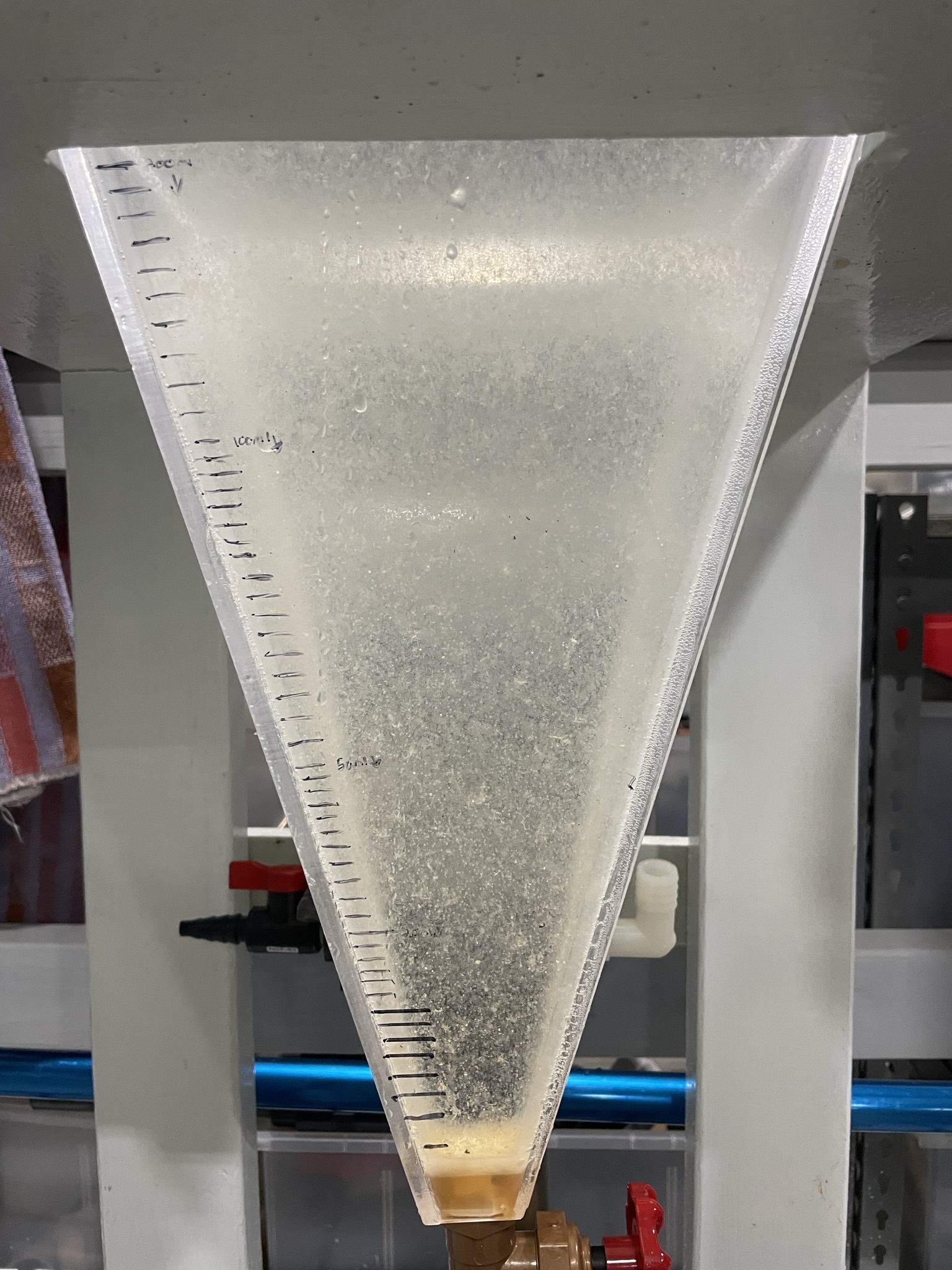
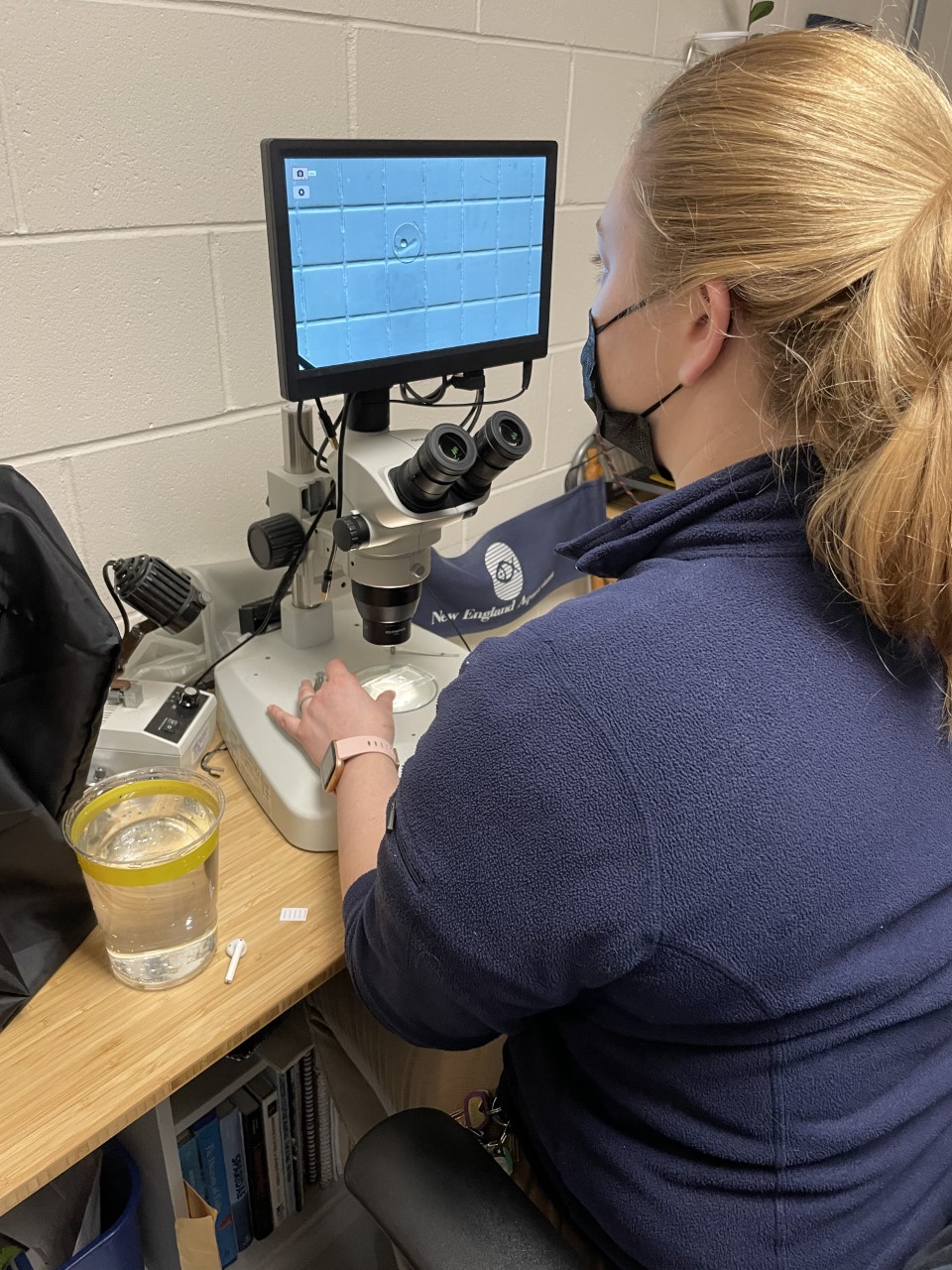
Those IDs are what goes in the open-source Marine Fish Egg Catalog. The hope is that public zoos and aquariums can use the information, referencing egg photos and measurements to choose the right species for their aquaculture operations. Raising fish in-house can make many aquarium operations more sustainable, opening up the potential to rear fish both for display and as a food source for other aquarium animals.
“By expanding this knowledge base, we’re creating a dictionary we can pass off to partner institutions so they can maximize the resources and eggs they have on hand,” Laura said. “Marine aquaculture is still a frontier that has a lot to be explored, and I’m so glad we’re helping to do that and protect the blue planet.”

